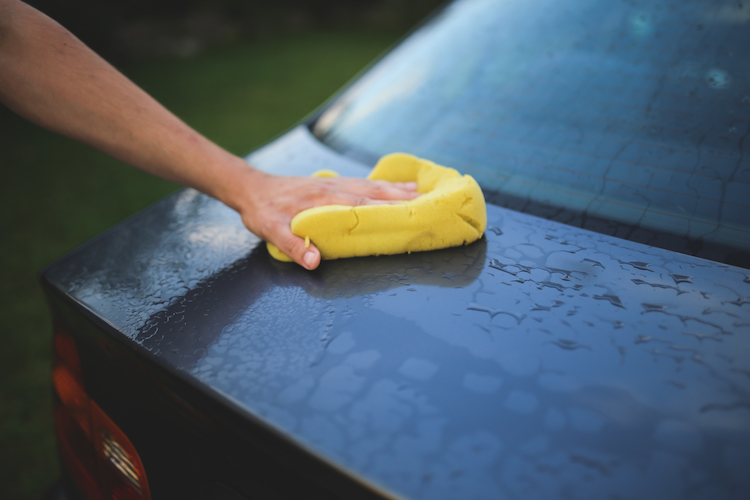The following is a guest post from YourMechanic, which delivers mobile car repair by certified mechanics in over 700 U.S. cities. Their top-rated technicians can perform over 600 services at your home or office for up to 30% less than shops and dealers.
Oil is necessary in keeping an engine running smoothly and efficiently. It keeps the many moving components in an engine lubricated, reduces wear and tear and helps dissipate the heat created during combustion. Without oil, with too little of it or with oil that hasn’t been changed in a long time, an engine can be severely damaged. This guide covers the basics of engine oil, as well as how to check it to ensure it’s in good shape to keep your engine running.

Engine Oil Basics
There are several types of oil on the market. Oil is available in different “weights,” or viscosities, which is indicated on the oil container. There are also conventional and synthetic oils, which differ based on a particular engine’s use and performance. Generally speaking, for normal around-town and commuting driving, conventional oil is best, while for more demanding driving, such as hauling loads or high-performance driving, a synthetic blend is required. Check your owner’s manual to determine what type of oil your engine needs.
Oil circulates through your engine through a closed-loop system. It’s stored in the oil pan, which holds between four and six quarts depending on the car. When the engine is started, the oil pump sucks oil from the pan through the pickup tube, then through the oil filter, which cleans it on its way to the engine. It then flows through channels in the engine block, lubricating the necessary components before heading back to the oil pan to begin the cycle again.
It’s a good idea to make a habit of regularly checking your engine oil to make sure it’s topped off and that it isn’t contaminated. We suggest checking your oil level every time you fill up the gas tank, but don’t check it less than once a month.
Checking Your Oil
Checking and adding oil is a simple process that can be done quickly and without tools.
Step 1: Make sure the engine is cool. Never check the oil while the engine is hot. It’s best to check the oil after the engine hasn’t run in a few hours, as this allows the oil to settle back to the oil pan. If this isn’t an option, let the car cool down for at least 10 minutes. Check the oil when the car is parked on a flat surface so the oil is evenly distributed in the pan.
Step 2: Open the hood and prop it up so you can easily access the engine. …






